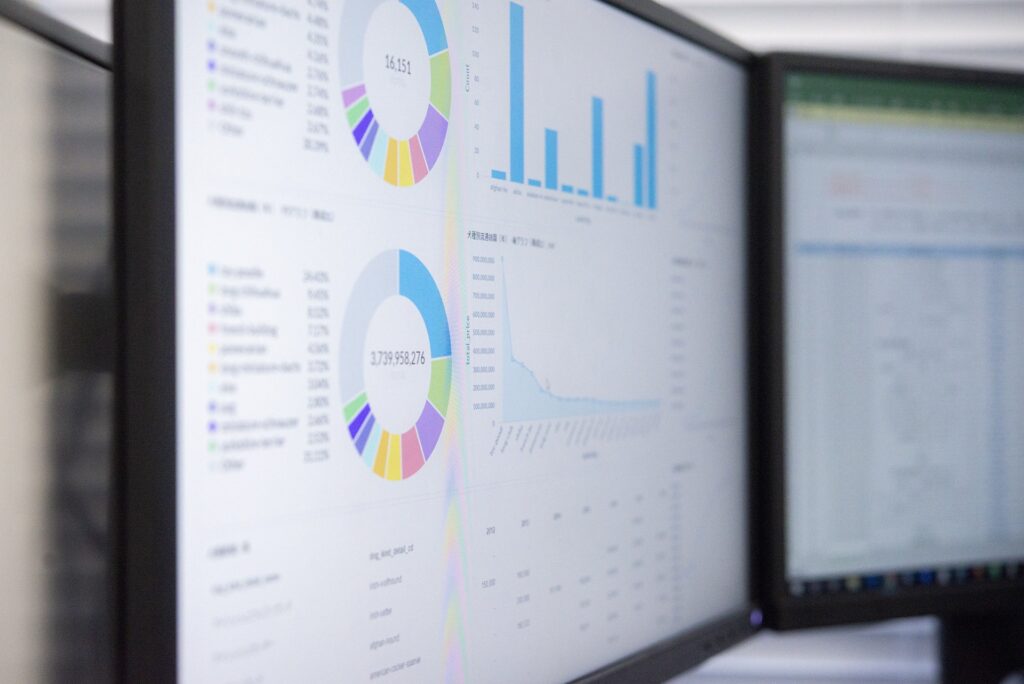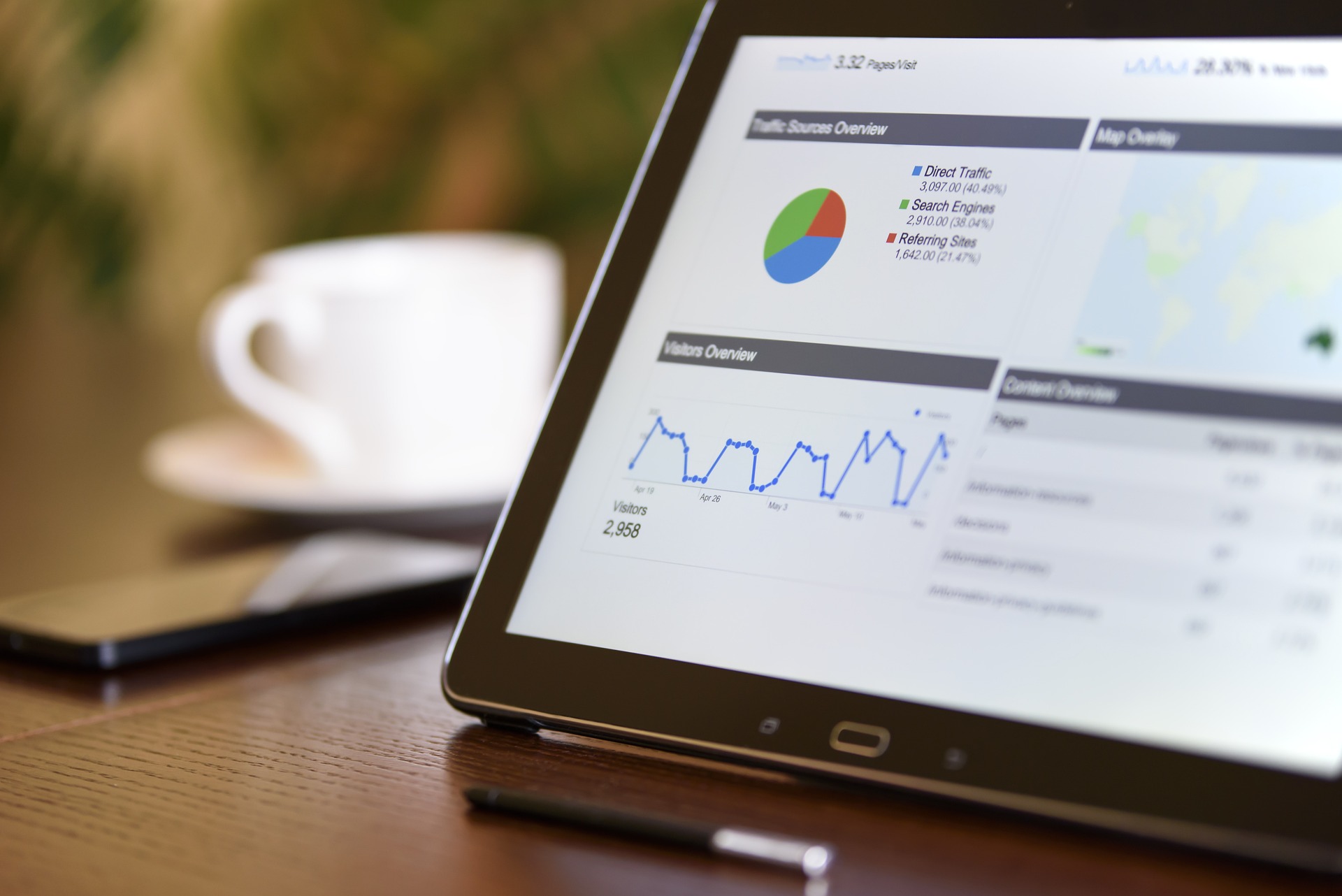Why is Measuring Brand Awareness Important?
Measuring brand awareness is crucial for determining and enhancing a brand’s success. It allows companies to understand the current state of their brand and adjust their marketing strategy accordingly. Measuring brand awareness helps determine how well your target audience knows your brand and how effectively it differentiates from competitors.
dditionally, measuring brand awareness can assess the effectiveness of branding efforts and improve the efficacy of marketing campaigns. It enables informed decision-making to strengthen your brand and gain consumer trust.
It is also an important indicator for developing future business strategies, identifying trends, and adapting to new challenges and opportunities.
Overall, measuring brand awareness is an essential component of a successful marketing approach. Now, let’s explore the different metrics that can be used to measure brand awareness.
Different Approaches to Measuring Brand Awareness
Measuring brand awareness is a complex process that can be conducted in various ways. There are a variety of metrics to help measure brand success and assess the current state of brand awareness.
One of the most common metrics for measuring brand awareness is brand recognition, which measures how many people are aware of your brand and how effectively it differentiates from competitors. Brand recognition can be determined through surveys, website analytics, or social media activities.
Another important metric for measuring brand awareness is brand loyalty, which measures how strongly customers are connected to your brand and how loyal they are. Brand loyalty can be determined through customer surveys, repeat purchases, or social media engagement.
In addition to brand awareness and loyalty, other metrics such as brand perception, brand preference, and brand loyalty can also be used to measure brand success.
The choice of the right metrics for measuring brand awareness depends on various factors such as your industry, target audience, and marketing strategy. It is important to select metrics that best align with your goals and business.
In the following sections, we will delve deeper into these different metrics and their significance in measuring brand awareness.

The Importance of Key Metrics for Your Business
Utilizing metrics to measure brand awareness is crucial for understanding and improving your company’s success. By monitoring and analyzing the right metrics, you gain valuable insights to make informed decisions for your marketing strategy.
Brand recognition provides insight into how well your message resonates with your target audience and how effectively you differentiate from competitors. This metric allows you to take targeted actions to increase brand awareness and acquire new customers.
Brand loyalty measures the loyalty of your customers and their strong connection to your brand. High brand loyalty means that your customers enjoy shopping with you and are willing to recommend your brand. By increasing brand loyalty, you can not only enhance customer satisfaction but also build long-term customer relationships.
Other key metrics such as brand perception, brand loyalty, and brand preference help you view the success of your brand from different perspectives and derive targeted actions to strengthen your positioning and competitive advantage.
In the next section, we will delve into these different metrics and find out how they can be measured and interpreted. Stay tuned and be ready to unleash the full potential of your brand!
The positive impact of measurement on your company
Measuring important metrics for brand awareness has a variety of positive effects on your company. By regularly analyzing these metrics, you can develop a strategic marketing strategy and successfully position your company.
1. Identification of growth opportunities: By understanding brand awareness and other important metrics, you can identify new opportunities for growth and expansion. You can develop targeted marketing initiatives to strengthen your brand and attract new customers.
2. Improvement of brand positioning: Measuring brand awareness allows you to optimize your positioning in the market. You can recognize how well your brand is perceived compared to your competitors and take action to stand out from them.
3. Strengthening customer loyalty: By monitoring metrics such as brand engagement and brand loyalty, you can strengthen customer loyalty. By better understanding the needs and preferences of your customers, you can develop tailored and personalized offers that enhance their brand loyalty.
4. More efficient marketing strategy: By analyzing the metrics, you can determine which marketing channels and campaigns are most effective. You can focus your resources on the initiatives that have the greatest impact on brand awareness and business success.
The measurement of brand awareness and other key metrics is not just a pastime, but a crucial step to strengthen your brand and further develop your business. In our next section, we will address how you can measure and interpret these metrics to achieve precisely these positive impacts. Stay tuned and look forward to valuable insights for your business!
Branding and advertising
Pitfalls to Avoid When Measuring Brand Awareness
When measuring brand awareness, it’s important to be aware of potential pitfalls that can affect the accuracy and reliability of your data. Here are some common pitfalls to avoid:
– Sample Bias: Ensure that your sample is representative of your target audience to avoid skewed results. Review the methodology of data collection to ensure it adheres to the highest standards.
– Timeliness of Data: Ensure that the data you analyze is current to avoid drawing erroneous conclusions.
– Comparable Data: Obtain comparable data to accurately assess your brand’s performance compared to other companies.
– Data Interpretation: Exercise caution when interpreting data to avoid premature conclusions. Consider the context and other relevant factors.
By keeping these aspects in mind, you can ensure that you gain accurate insights and make informed decisions to strengthen your brand. In the next section, we will explore the tools and methods for measuring these metrics.
Encouragement to Explore Different Approaches and Methods
We encourage you to explore various approaches and methods for measuring brand awareness and key metrics. There is no one-size-fits-all method suitable for every company. Each company has its own goals, target audiences, and market requirements. Therefore, it’s important to remain flexible and try different approaches to find those that yield the best results.
One approach is to use surveys, either online or offline, to obtain direct information from your target audience. These surveys can specifically inquire about brand awareness, customer satisfaction, or other relevant metrics.
Another approach is to utilize social media platforms to measure online brand awareness. Monitor your reach, engagement, and interactions on platforms such as Facebook, Instagram, or Twitter to gauge how well your brand is perceived.
Additionally, you can use analytical tools to collect and analyze data. Web analytics tools like Google Analytics allow you to capture user interactions on your website and measure key metrics such as visitor numbers, page views, bounce rates, and conversion rates.
Remember, it’s important to combine and test different approaches to gain a holistic view of your brand performance. By exploring various methods, you can gain valuable insights and continuously improve your brand strategy. Stay optimistic and open to new opportunities to expand your knowledge of your brand and continuously grow.
Conclusion and Outlook
In this blog post, we have explored various approaches and methods for measuring brand awareness and key metrics. We have found that there is no one-size-fits-all method suitable for every company, but that combining different approaches can lead to the best results.
By using surveys, social media metrics, and analytical tools, companies can obtain direct information from their target audience and measure key metrics such as brand awareness and customer satisfaction.
It’s important to remain flexible and try different methods to gain a holistic view of brand performance. This requires openness to new opportunities and a willingness to continuously learn and improve the brand strategy.
By exploring the possibilities and bravely testing new approaches, we can gain valuable insights and strengthen our brand. So stay optimistic and embrace the challenge of measuring and developing your brand. The future holds endless possibilities!








